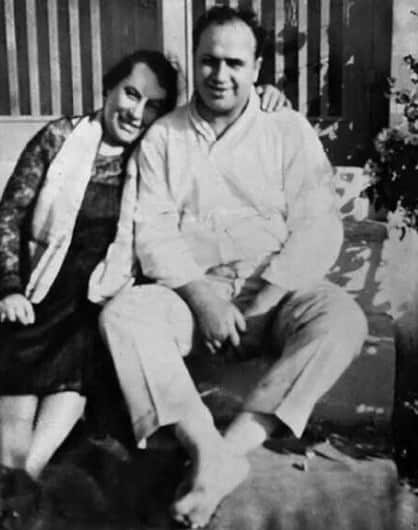Al Capone's Tragic Decline: From Infamous Gangster to Frail Grandfather
In 1939, as Al Capone arrived at Alcatraz, the insidious grip of syphilis, contracted during his teenage years, had taken a devastating toll on his body and mind. His final year in prison was marked by confinement to the hospital section, where he descended into a state of confusion and disorientation from which there seemed to be no return. Despite his deteriorating health, Capone's wife, who had remained faithfully married to him throughout the years, fought to secure his release on health grounds, even after he had been transferred to a less secure facility.

By November 1939, Capone's physical and mental state had reached its nadir, prompting his wife, Mae, to come to his rescue. When she arrived to retrieve her husband, she was confronted with a heartbreaking reality – the man she had married was no more. All that remained was a frail, emaciated figure devoid of the once-feared legacy, as Capone's mental deterioration had rendered him incapable of comprehending his notoriety. In stark contrast to his life as a ruthless mobster, Capone's final days were spent in a more serene setting. He would wander around his mansion in pajamas, attempting to capture butterflies with his granddaughter. According to Deirdre Bair's book, 'Al Capone: His Life, Legacy, and Legend,' published in 2016, this period represented a semblance of an ideal, middle-class Italian-American household, where the family took precedence over the criminal empire he had once commanded.
